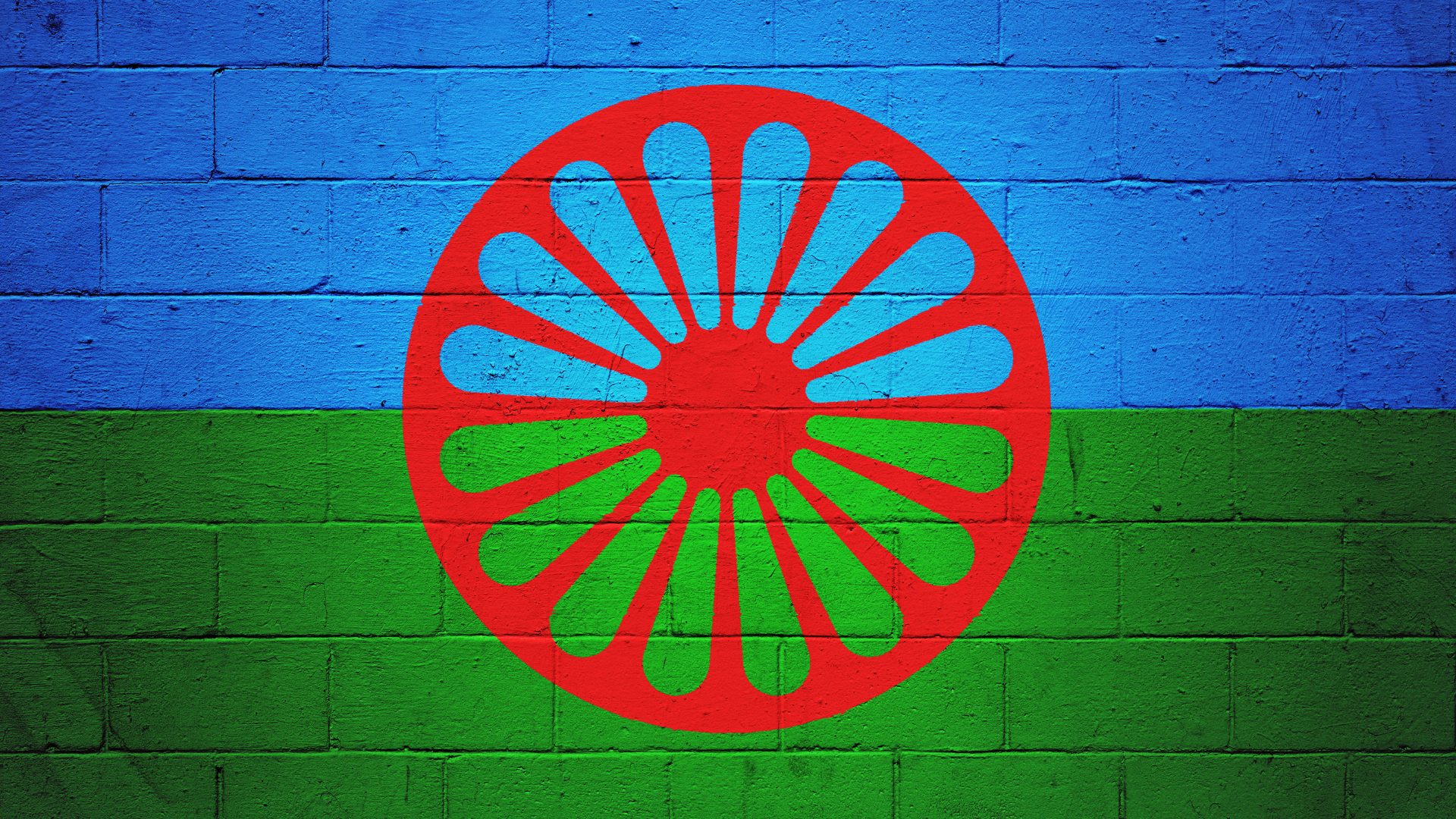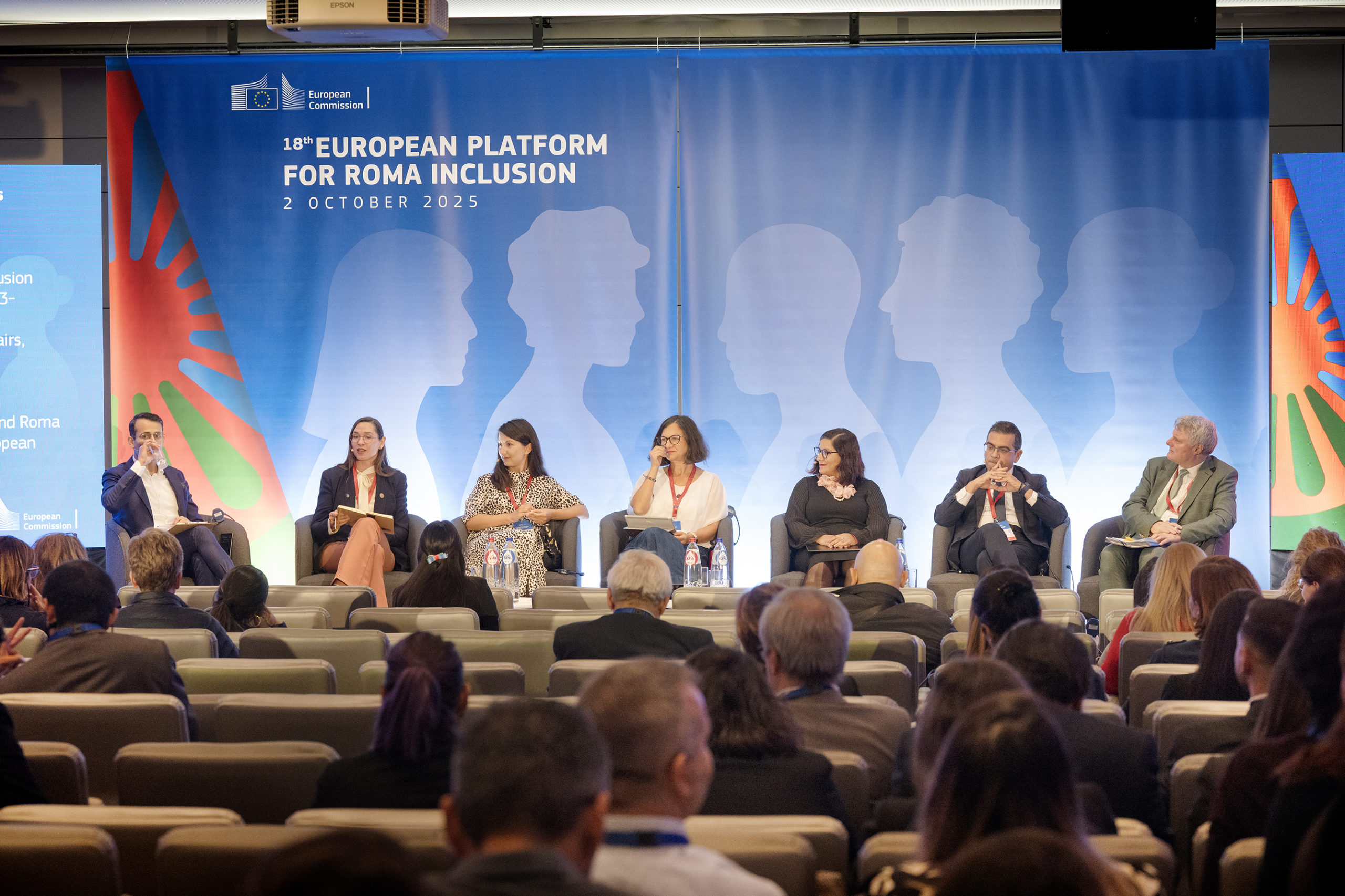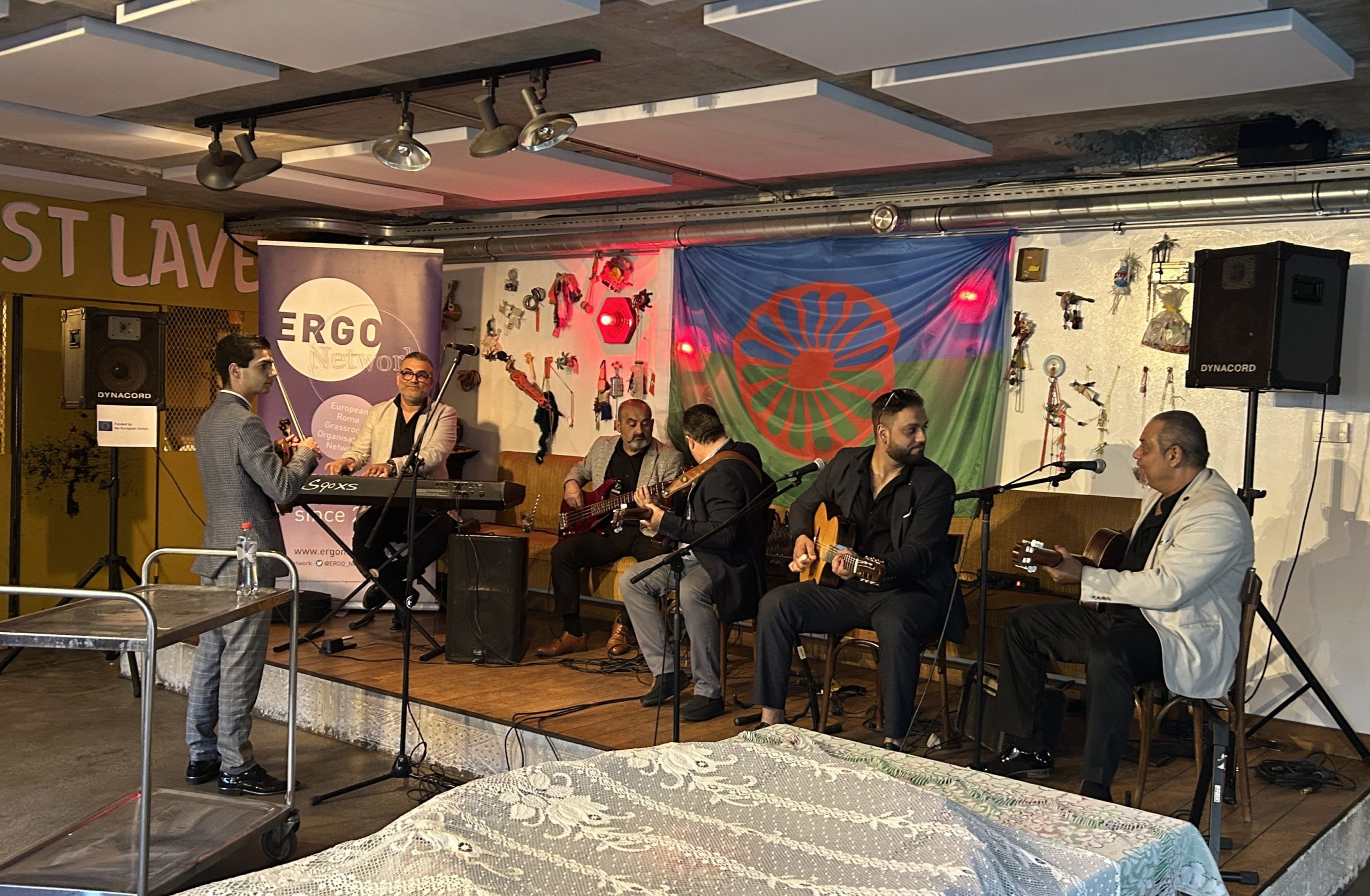Bridging the gap: Ensuring the European Child Guarantee reaches Roma children
Later this month, Eurochild, together with the EURoma Network, will release a new report ‘The European Child Guarantee and Roma Children: Between Commitment and Practice’. Despite children with a minority ethnic origin, particularly Roma, being identified as a target group under the European Child Guarantee, the report reveals that they are often overlooked in practice. Limited targeted measures, significant data gaps, and unclear funding continue to undermine efforts to tackle the persistent poverty and exclusion they face.
The European Child Guarantee aims to break the cycle of poverty and social exclusion by ensuring all children have access to key services such as education, healthcare, housing, and nutrition. As for this report, the focuses is on 15 Member States, which are part of the EURoma Network: Austria, Belgium, Bulgaria, Croatia, Czechia, Finland, Greece, Hungary, Italy, Poland, Portugal, Romania, Slovakia, Spain, and Sweden. The report finds that Roma children's needs are too often addressed through generic policies for "children in need", rather than through targeted support.
The review of national Biennial Reports shows mixed progress. While 11 of the 15 countries (Bulgaria, Croatia, Czechia, Finland, Greece, Italy, Poland, Portugal, Romania, Slovakia, and Spain) included Roma children in their National Action Plans, only eight backed this recognition with targeted measures. Few countries demonstrate investments that are more consistent across sectors like education, early childhood care, and housing. Healthy school meals, however, remain a measure that none of the Member States addressed in a targeted manner.
The report also examines whether Member States’ Child Guarantee plans align with their National Roma Strategic Frameworks, emphasising that such alignment is crucial to ensure coherent, coordinated action and maximise the impact of investments aimed at reducing poverty and social exclusion among Roma children.
Data gaps also remain a significant barrier. Only a handful of Member States, such as Croatia, Czechia, Greece, Romania, and Slovakia, provide detailed and specific data on Roma children, focusing on their socio-economic conditions, education, healthcare, and housing. This signals a lack of visibility, which undermines efforts to measure impact and ensure accountability.
On funding, while EU funding instruments such European Social Fund Plus and the European Regional Development Fund are being used in several countries, there is a lack of information on whether these represent new investments to implement the European Child Guarantee or a rebranding of existing programmes.
National, regional, or local budgets often supplement EU funding, but Roma-specific budget lines are rare, and they do exist in countries such as Croatia, Czechia, Greece, Italy, Portugal, Romania, Slovakia, and Spain. This lack of availability of Roma children-specific funding makes it challenging to assess whether resources are genuinely targeted towards them and if they do reach them.
The outcomes of the report call for stronger alignment between the Child Guarantee and the EU Roma Strategic Framework. It urges governments to strengthen governance mechanisms, improve data systems, and design more tailored, community-based interventions, especially in areas of extreme poverty such as segregated settlements.
As the EU moves forward with the next phase of ECG implementation envisaged until 2030, this report is a timely reminder that commitments must translate into tangible results. Without urgent, targeted action, Roma children risk being left behind once again.
The full report will be launched on 25 June, offering deeper insights and recommendations. If you would like to receive further updates, subscribe to the Eurochild newsletter.





